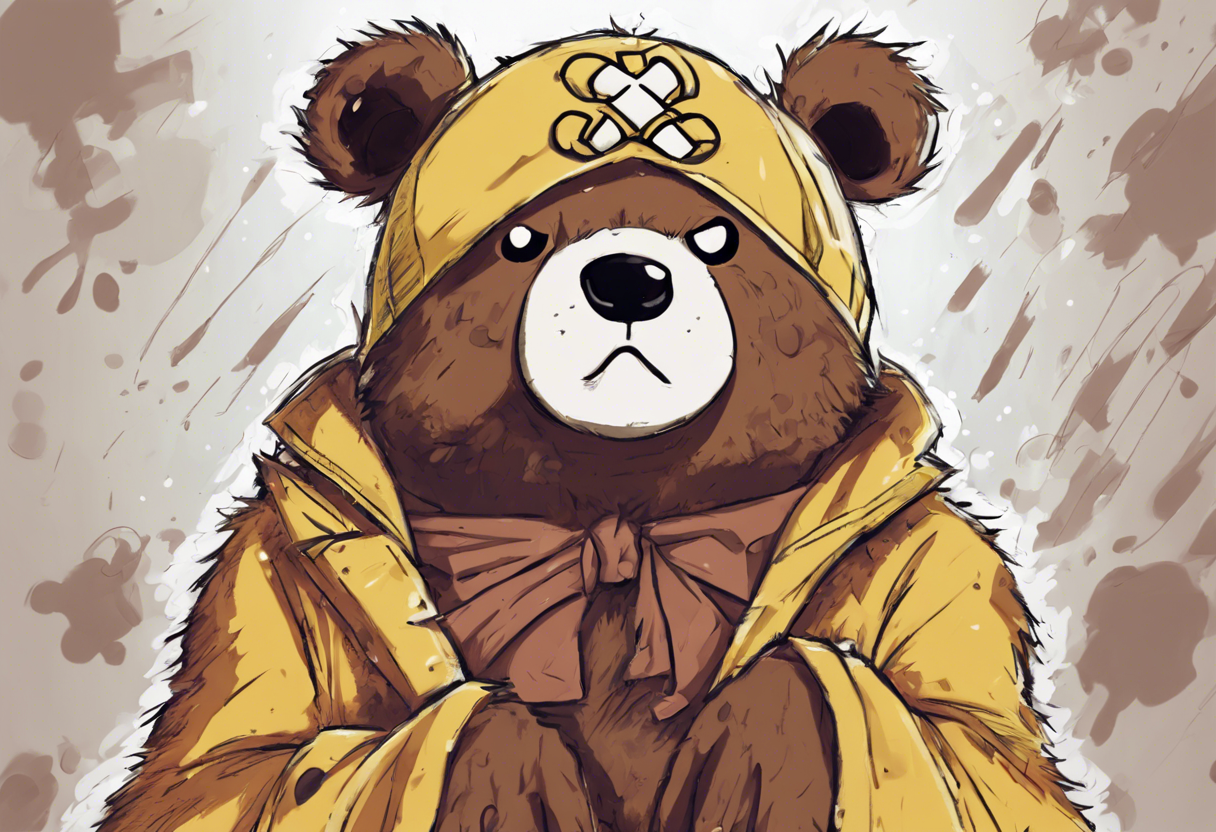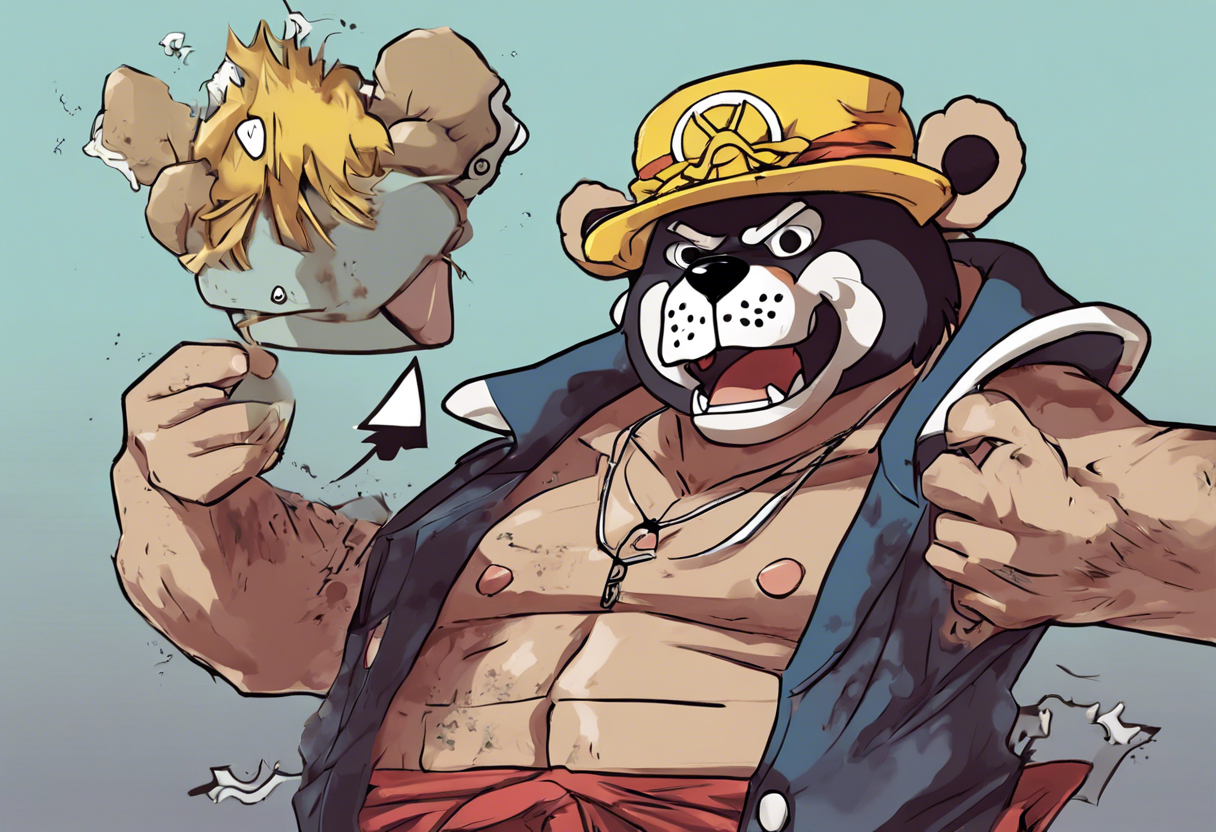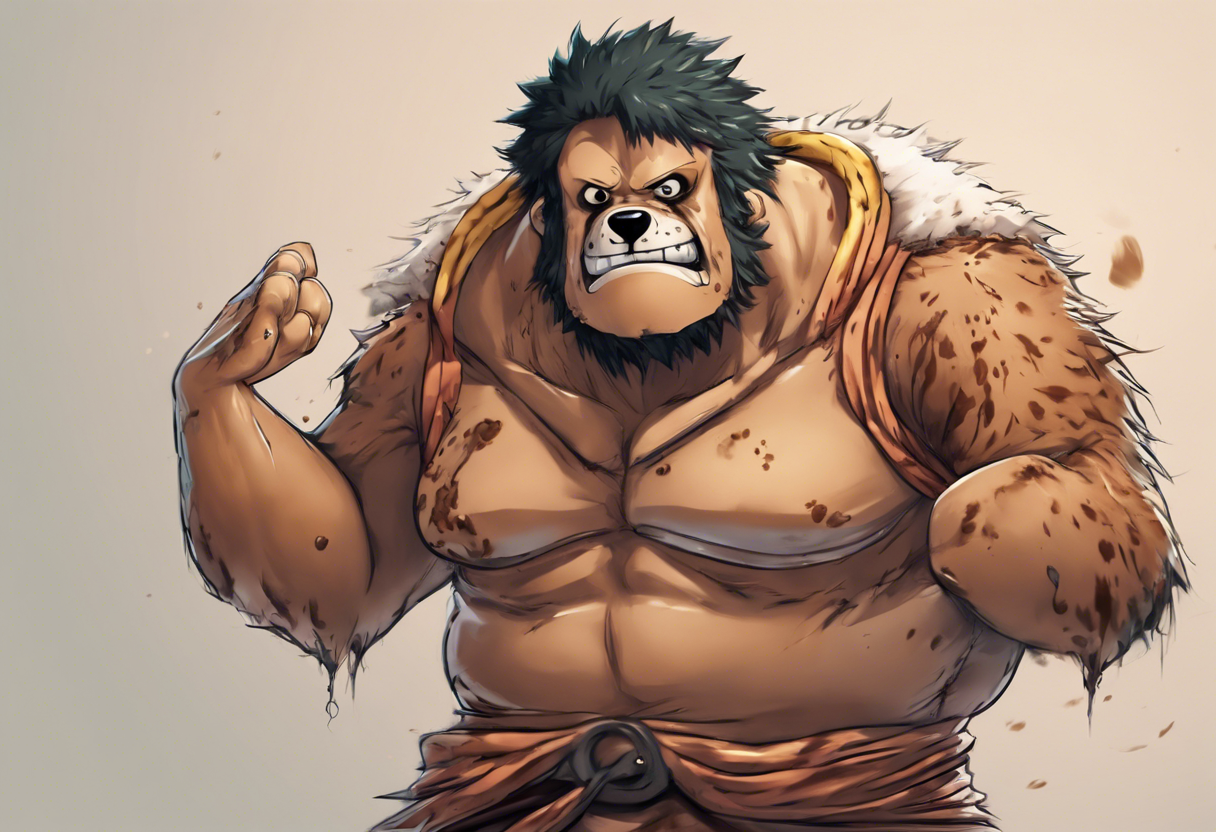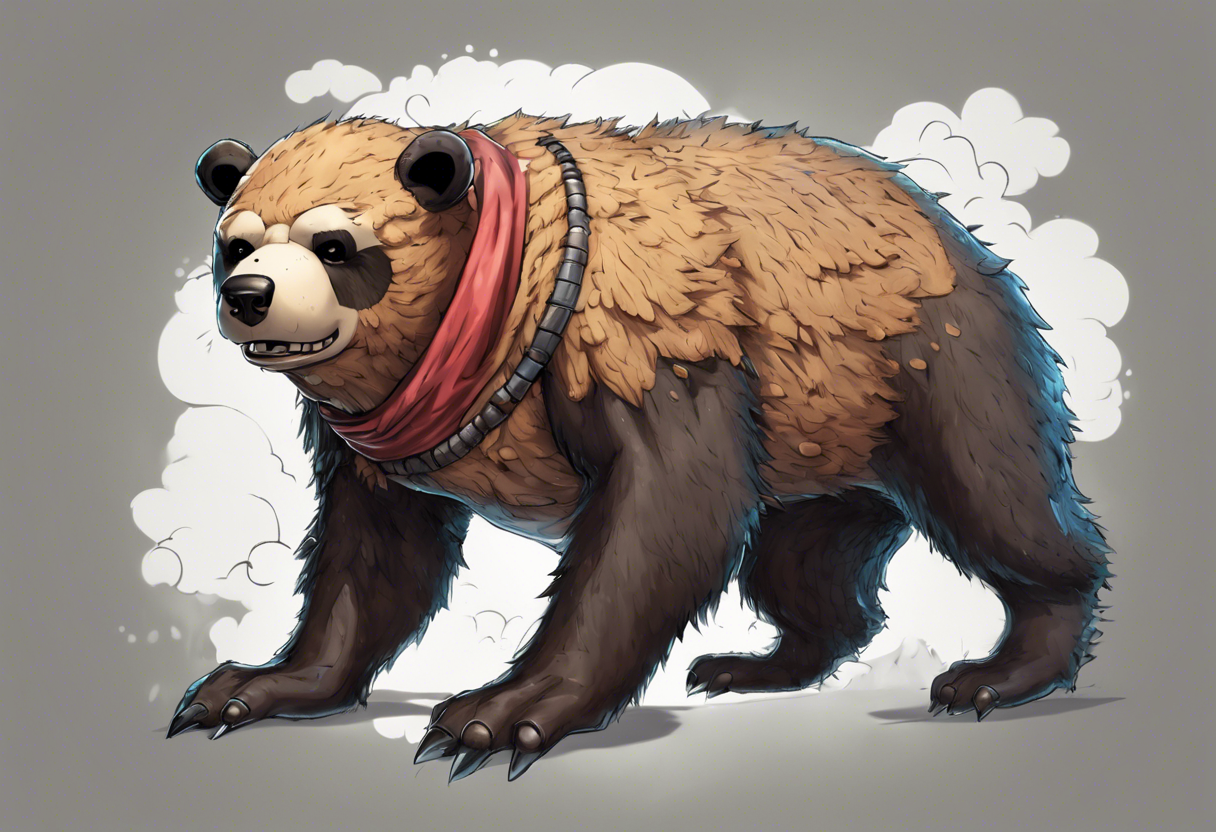Contents
Introduction
Bartholomew Kuma, often referred to as the "Tyrant," is a complex and deeply nuanced character in the popular manga and anime series One Piece, created by Eiichiro Oda. Kuma’s character is a masterpiece of storytelling, weaving together a rich backstory, multiple roles within the narrative, and a profound impact on the series’ themes and characters.
Kuma’s creation is a testament to Oda’s ability to craft characters with layered histories and motivations. Initially introduced as one of the Seven Warlords of the Sea, Kuma’s true nature and significance are gradually revealed over the course of the series, particularly during the Egghead Island Arc. His backstory, marked by slavery, rebellion, and a quest for liberation, sets the stage for his multifaceted role in the narrative.
Kuma’s defining traits include his incredible strength, his possession of the Nikyu Nikyu no Mi Devil Fruit, and his unique position as a member of the Revolutionary Army, a pirate, and a Warlord of the Sea simultaneously. These aspects make him a pivotal figure in the One Piece universe, influencing key events and character arcs.
Role in the Story
Kuma’s storyline is intertwined with several major plotlines in One Piece. Originally, he was feared as a brutal pirate and a member of the Seven Warlords of the Sea, allied with the World Government. However, his true allegiance and motivations are far more complex.
Kuma’s journey begins with his childhood as a slave to the Celestial Dragons, where he met future allies such as Emporio Ivankov and Ginny, his future wife. Together, they liberated slaves at God Valley, showcasing Kuma’s early commitment to the cause of freedom and liberation [1][3].
After settling in the Sorbet Kingdom and ruling as its king, Kuma’s life took a dramatic turn with the death of his wife Ginny from the rare Sapphire Scales disease. His daughter, Jewelry Bonney, inherited the same disease, prompting Kuma to seek out Dr. Vegapunk for a cure. This led to a deal with the World Government, where Kuma agreed to become a cyborg known as a Pacifista, sacrificing his free will, memories, and personality to save his daughter [1][3][5].
As a Pacifista, Kuma played a crucial role in several arcs, notably the Thriller Bark Arc, where he tested the loyalty of Roronoa Zoro and later protected the Straw Hat Pirates’ ship, the Thousand Sunny, for two years. His actions, though seemingly heartless, were driven by a deeper purpose: preparing the Straw Hats for the challenges of the New World and protecting his daughter’s well-being [1][5].
Kuma’s relationships with other characters are equally significant. His bond with his daughter and his respect for figures like Roronoa Zoro highlight his honor and kindness beneath his stoic exterior. His interactions with the Revolutionary Army, particularly Dragon and Ivankov, underscore his commitment to the cause of liberation and his willingness to make sacrifices for the greater good [1][3][5].
Character Analysis
Kuma’s personality is a blend of strength, selflessness, and tragedy. Despite his fearsome reputation as the "Tyrant," he is described by those who know him as a gentle and kind individual. His motivations are rooted in his ideals of liberation and his love for his family and friends.
One of Kuma’s most compelling aspects is his internal conflict. Torn between his personal values, his loyalty to the Revolutionary Army, and his obligations to the World Government, Kuma embodies the moral dilemmas that many characters in One Piece face. This internal struggle adds depth and complexity to his character, making him relatable and sympathetic to audiences [1][3].
Kuma’s strengths include his extraordinary physical abilities and his strategic thinking. However, his greatest strength lies in his selflessness and willingness to sacrifice everything for the people he cares about. This is evident in his decision to become a Pacifista to save his daughter, a choice that cost him his freedom and humanity [1][3][5].
His flaws are largely a result of his circumstances rather than inherent weaknesses. The loss of his autonomy and the erasure of his memories and personality are tragic consequences of his deal with the World Government. Despite these, Kuma’s actions continue to reflect his original ideals and values, even when he is no longer in control of his own actions [1][3].
Themes and Symbolism
Kuma’s character is deeply intertwined with several key themes in One Piece. One of the most significant is the theme of liberation. Kuma’s entire life is a testament to his belief in the legend of the Sun God Nika, a figure revered as a liberator of the oppressed. His actions, from liberating slaves at God Valley to preparing the Straw Hats for the New World, are all driven by this ideal [1][3].
Another theme is the cost of sacrifice. Kuma’s story highlights the extreme lengths to which individuals may go to protect their loved ones and achieve their goals. His transformation into a Pacifista serves as a symbol of the loss of individuality and autonomy that can result from such sacrifices [1][3][5].
Kuma also embodies the theme of inner conflict and moral dilemma. His dual roles as a member of the Revolutionary Army and a Warlord of the Sea create a complex web of loyalties and obligations, reflecting the broader conflicts within the One Piece universe [1][3].
Cultural Impact
Kuma’s character has had a significant cultural impact on the One Piece fanbase. Initially perceived as a villain, his true nature and backstory have transformed him into one of the most beloved and respected characters in the series. Fans have praised Oda’s meticulous storytelling and character development, which have turned Kuma into a poignant representation of sacrifice and loyalty [1][3][4].
In adaptations and spin-offs, Kuma’s character has been portrayed with consistency to his manga and anime counterparts. His enigmatic nature and complex backstory have captivated audiences, making him a favorite among fans.
Kuma’s influence extends beyond the One Piece universe. His character archetype—a powerful, selfless, and tragic figure—has inspired other works in manga and anime. His story serves as a powerful reminder of the human capacity for sacrifice and the enduring power of ideals and love.
Critical Reception
Critics and audiences alike have praised Kuma’s character for its depth and complexity. The revelation of his backstory during the Egghead Island Arc was particularly lauded for adding richness to his character and the overall narrative of One Piece [1][3].
Some critics have noted the tragic nature of Kuma’s story, highlighting the themes of sacrifice and the loss of autonomy. His character has been seen as a powerful commentary on the consequences of oppression and the lengths to which individuals will go to protect their loved ones and achieve their goals.
There have been varying interpretations of Kuma’s role, with some seeing him as a symbol of resistance against oppressive regimes and others as a tragic hero whose sacrifices are both admirable and heartbreaking. Regardless, his impact on the series and its fans is undeniable.
Legacy
Bartholomew Kuma’s legacy in One Piece is one of profound significance. His character embodies the core themes of the series: liberation, sacrifice, and the struggle against oppression. His story serves as a reminder of the human spirit’s capacity for selflessness and the enduring power of love and ideals.
Kuma’s influence on contemporary discussions about character development and storytelling in manga and anime is evident. His complex backstory and multifaceted role in the narrative have set a high standard for character creation, inspiring other writers and creators.
In conclusion, Kuma’s enduring appeal lies in his tragic yet inspiring story, his complex character, and the profound impact he has on the One Piece universe. He remains one of the most compelling and beloved characters in the series, a testament to Oda’s mastery of storytelling.







